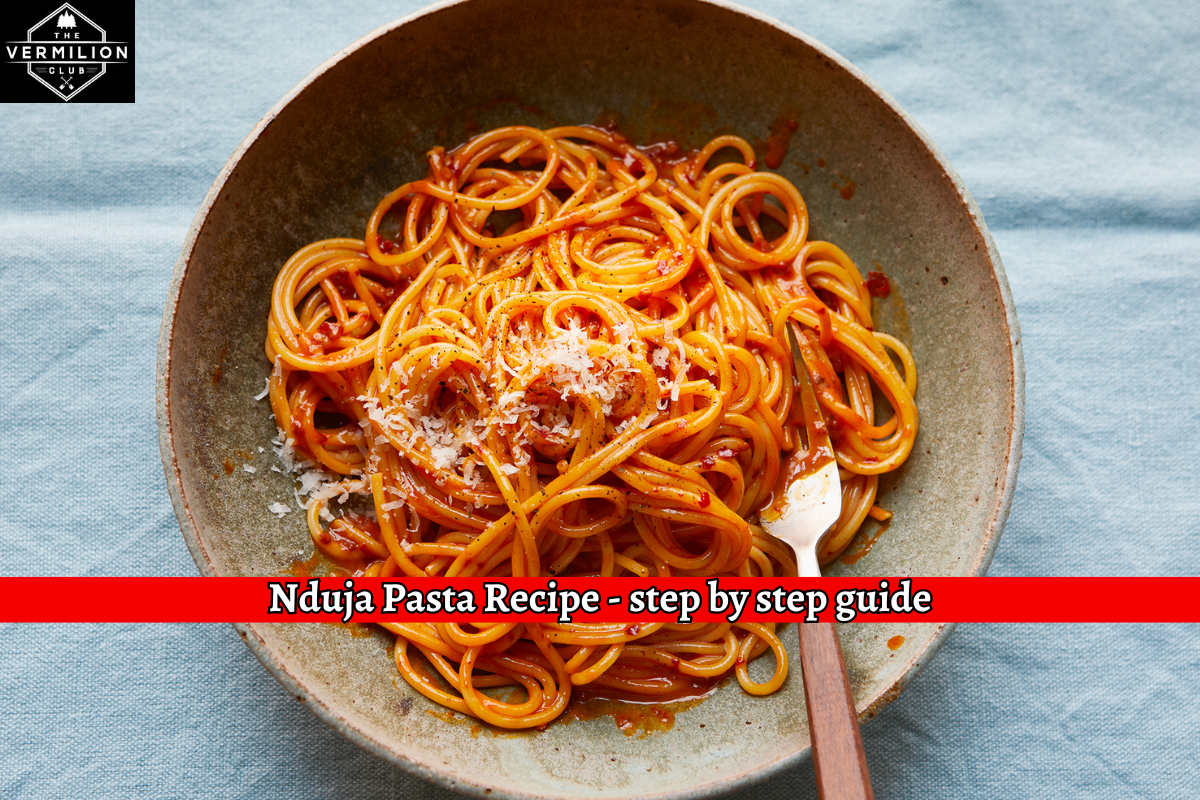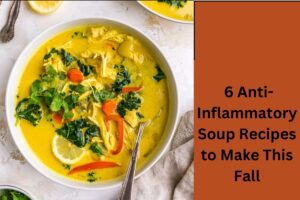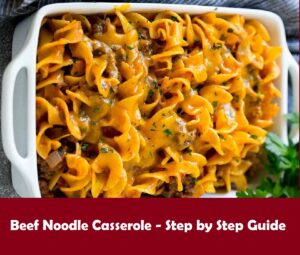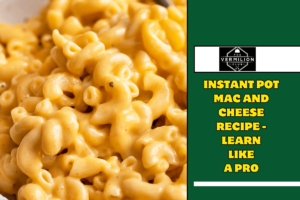Nduja Pasta Recipe – step by step guide: Not only is this creamy nduja pasta sauce quick and delicious, but it is also absolutely incredible despite its speed. A flavor bomb secret weapon known as nduja, which is a spreadable sausage paste from Italy, is used in its preparation. A silky sauce is created when cream, parmesan cheese, and lemon juice are added to it.
I have high hopes that this sauce will become a go-to. Nduja is a pork sausage paste that can be spread and originates from the Calabria region of Southern Southern Italy. The color of it is red, and it is either vacuum packed in a bag or comes in a jar from the manufacturer. You will have to put your faith in me on this one because the flavor is difficult to describe. It has a kick of chilli, but it is not overly spicy if you use it sparingly. It is extremely savoury.
Nduja Pasta Recipe – step by step guide
I really enjoy incorporating it into pasta sauces because it brings a flavor note that is both distinctive and delectable. The fact that you have it in your refrigerator is truly an incredible secret weapon. The possibilities are virtually limitless; you can put a spoonful into a tomato sauce, or you can put some into vegetables that have been stir-fried or roasted.
If you google “nduja” in your area, you should be able to find it at the majority of specialty grocery stores. If you are truly unable to locate it, you could try blending some chorizo first. Whenever I can find something in New Zealand, I always think that if I can find it here, then you must be able to find it anywhere!
Ingredients
- Pasta of your choice, I do 150g fresh per person or 100g dried
- 70g butter
- 2 tbsp nduja paste
- ¾ cup cream
- 60g parmesan, finely grated
- 1 – 1.5 tbsp lemon juice (depending on the level of your lemon love!)
- 1 ½ tsp sugar
- 1 cup flat leaf parsley, chopped
- Salt and pepper
Also See:
Easy Salisbury Steak Recipe – learn like a pro
How to make Nduja Pasta
- Prepare the pasta by cooking it in a pot of water that has been salted thoroughly. Since the preparation of this sauce only takes a few minutes, you should determine the timing of the cooking of your pasta based on whether you are using fresh or dried pasta.
- The butter should be melted over medium heat. When the butter is just beginning to sizzle, add the nduja and whisk it into the butter. Reduce the heat if it is spitting and crackling too much.
- Add the cream and thoroughly combine it by whisking it. For the duration of this process, you should maintain a low simmer; at no point should it reach a boiling point.
- Add the sugar and lemon juice, and stir to combine the two ingredients. To ensure that the parmesan has completely melted into the sauce, add it in several batches and whisk it thoroughly in between each addition.
- You should check the seasoning; it shouldn’t require salt, but a few cracks of black pepper will be just right! Immediately after the pasta has been cooked, add it to the sauce and stir it gently. Stir in the parsley after adding it.
- In order for the sauce to thicken, I like to let the pasta simmer in the sauce for a minute or two while it bubbles gently. Add a generous amount of black pepper and additional parmesan cheese before serving.
Notes
- Your familiarity with cooking pasta and sauce at the same time will increase in proportion to the number of times you prepare pasta. Initially, I determine how long it will take to make the pasta and how long it will take to make the sauce, and then I determine what needs to be started first.
- In this particular scenario, I am aware that the cooking time for my pappardelle will be only a few minutes. As a result, I have a pot of water that is boiling ready, and I add the pasta to it at the same time that I am adding the cream to the sauce.
- In the event that you finish the sauce too quickly and the pasta is still not ready, you should simply reduce the heat even further until it is ready. In the event that it becomes excessively thick, all that is required to loosen it is a small amount of pasta water.
- When it comes to the majority of my sauces, I like to let the pasta bubble away in it. This helps the sauce to become more thick and will also coat the pasta. To prevent the pasta from becoming overcooked in the sauce, it is important to slightly undercook it if you are using dried pasta.
- In the event that you are uncertain about the nduja, you could begin with one tablespoon, then taste the sauce at the end, and if you like, you can whisk in additional ingredient.
FAQs
Q1. What is nduja?
The spreadable sausage paste known as nduja originates from Italy. It is either vacuum packed or packaged in a jar. It is extremely savory and has a touch of a kick from the chilli. Spread it on toast, use it in pasta sauces, or combine it with potatoes that have been roasted. When it comes to the kitchen, it is an incredible secret weapon.
Q2. What type of cream is best for pasta sauces?
In various countries, creams are referred to by names that are slightly different from one another. When I cook in New Zealand, I use single cream as my ingredient option. That is referred to as light cream in the United States. There is between 18% and 30% fat. Anything that is heavier will be considered excessively thick. It is possible to reduce the consistency by using pasta water, as this is an obvious option.
Q3. Why has my sauce split?
The possibility that your temperature is too high is the most common explanation for this. You just want to keep the heat at a very low simmer. When it comes to control, lower heat is preferable. Emulsify the cream by giving it a thorough whisking after you have added it to the mixture. It is best to add the parmesan in small increments, allowing it to melt slowly in between each addition.
Q4. Why is there sugar in the sauce and can I leave out?
Although the sugar is not required, it does a great job of bringing the dish into harmony. In my opinion, the nduja is extremely savory, the lemon juice gives it a zing, and the addition of a little bit of sugar brings everything together. There isn’t much to it at all.



